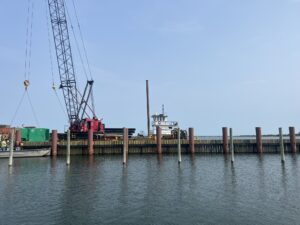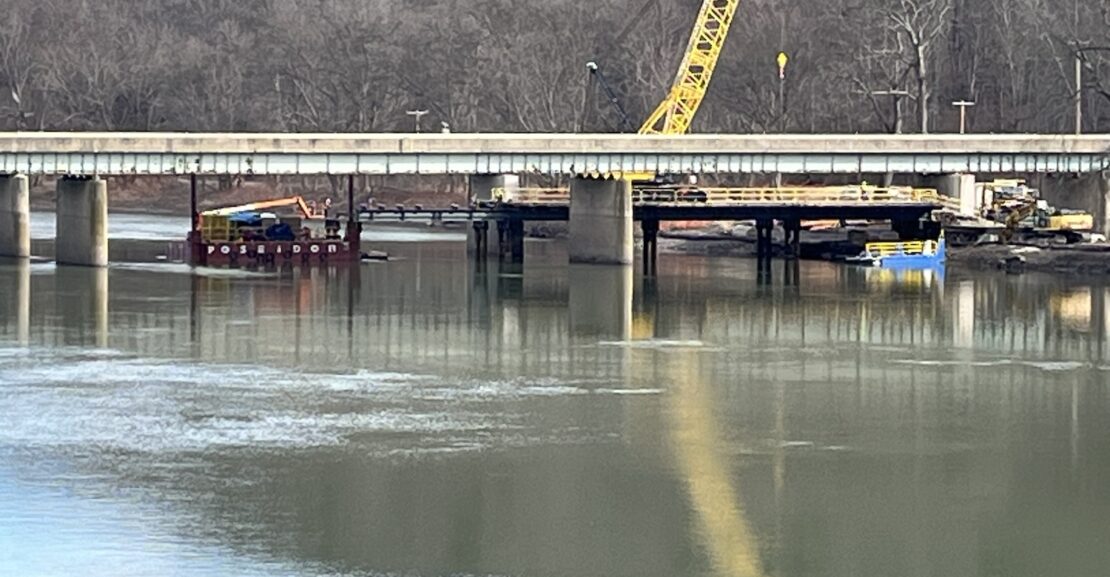Fish breeding seasons are pivotal periods in marine ecosystems, influencing the reproduction and survival of numerous fish species. Understanding these seasons is essential for marine construction projects to minimize their impact on critical fish habitats and ensure environmental sustainability.
Timing and Locations of Fish Breeding Seasons
Fish breeding seasons vary widely depending on species, location, and environmental factors such as temperature and water quality. In temperate regions, many fish species spawn during the spring and summer months when water temperatures are optimal for egg development and larval survival. In contrast, in tropical regions, fish breeding seasons may occur year-round or coincide with specific lunar cycles or environmental triggers.
Coastal areas, estuaries, and nearshore environments are particularly important for fish breeding, as they provide essential habitats for spawning, egg incubation, and juvenile fish development. These habitats often contain critical features such as seagrass beds, mangrove forests, and coral reefs, which offer shelter, food, and protection for fish during their early life stages.
Impact of Marine Construction on Fish Breeding Habitats
 Marine construction activities, such as dredging, coastal development, and offshore infrastructure projects, can disrupt fish breeding habitats in several ways. The noise, vibrations, and physical disturbances associated with construction activities can disturb spawning fish, disrupt egg incubation, and damage critical habitat features such as seagrass beds and coral reefs.
Marine construction activities, such as dredging, coastal development, and offshore infrastructure projects, can disrupt fish breeding habitats in several ways. The noise, vibrations, and physical disturbances associated with construction activities can disturb spawning fish, disrupt egg incubation, and damage critical habitat features such as seagrass beds and coral reefs.
Additionally, sedimentation and turbidity resulting from dredging and construction activities can smother fish eggs and larvae, reducing their survival rates. Pollution from construction-related activities, such as sediment runoff, chemical spills, and increased turbidity, can also degrade water quality and negatively impact fish health and reproduction.
Mitigating the Impact of Marine Construction on Fish Breeding Habitats
To minimize the impact of marine construction on fish breeding habitats, careful planning, mitigation measures, and environmental monitoring are essential. Before initiating construction projects, developers should conduct thorough environmental assessments to identify sensitive fish habitats and breeding areas.
Timing construction activities to avoid fish breeding seasons whenever possible can help reduce disruptions to critical fish habitats. For example, scheduling dredging operations outside of peak spawning periods or implementing temporary construction moratoriums during sensitive times of the year can help protect fish populations and their habitats.
Implementing best management practices such as sediment control measures, habitat restoration initiatives, and pollution prevention strategies can further minimize the environmental impact of marine construction on fish breeding habitats. These measures may include the use of silt curtains to contain sediment, establishing buffer zones around sensitive habitats, and implementing erosion and sediment control plans to minimize runoff.
Conclusion
Fish breeding seasons play a crucial role in marine ecosystems, supporting the reproduction and survival of countless fish species. Marine construction projects must be mindful of these critical periods to minimize their impact on fish habitats and ensure the long-term health and sustainability of marine ecosystems. By adopting proactive measures and implementing best practices, marine construction projects can coexist harmoniously with fish breeding seasons, preserving biodiversity and protecting essential fish habitats for future generations.
Fish Breeding Season | Where and when Marine Construction is affected
The article explores how marine construction intersects with crucial fish breeding seasons, necessitating careful planning to mitigate environmental impact. Breeding seasons vary by species and location, with coastal areas and estuaries serving as vital habitats. Construction activities can disrupt spawning, egg incubation, and juvenile development, but proactive measures such as timing work and implementing mitigation strategies can minimize harm and protect marine ecosystems.
